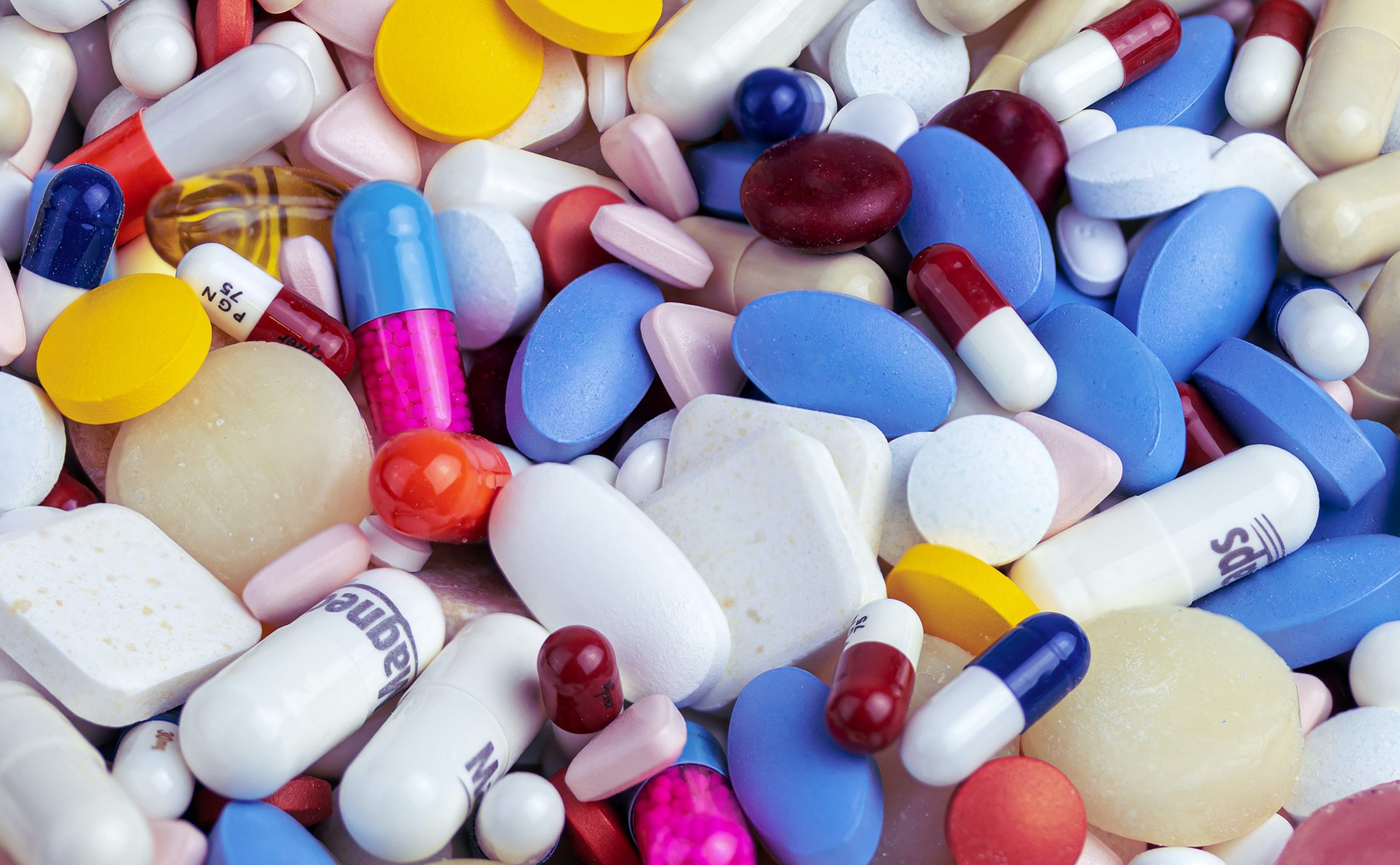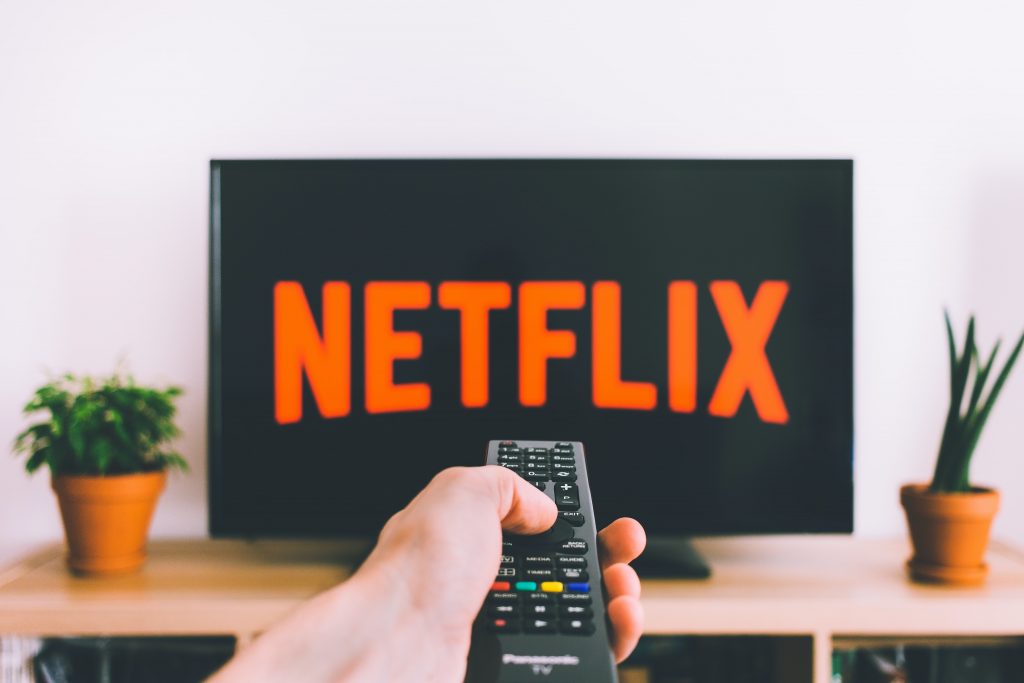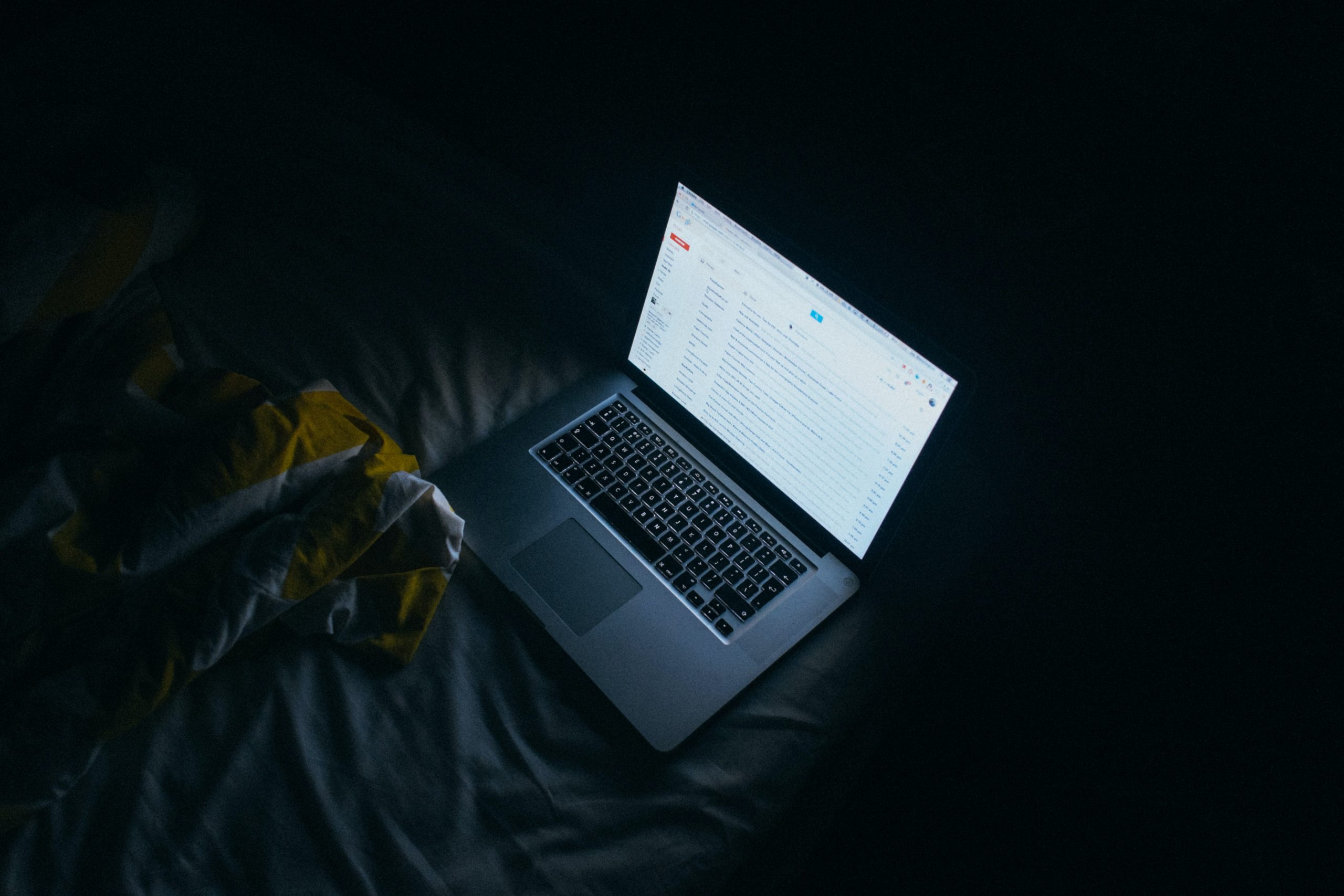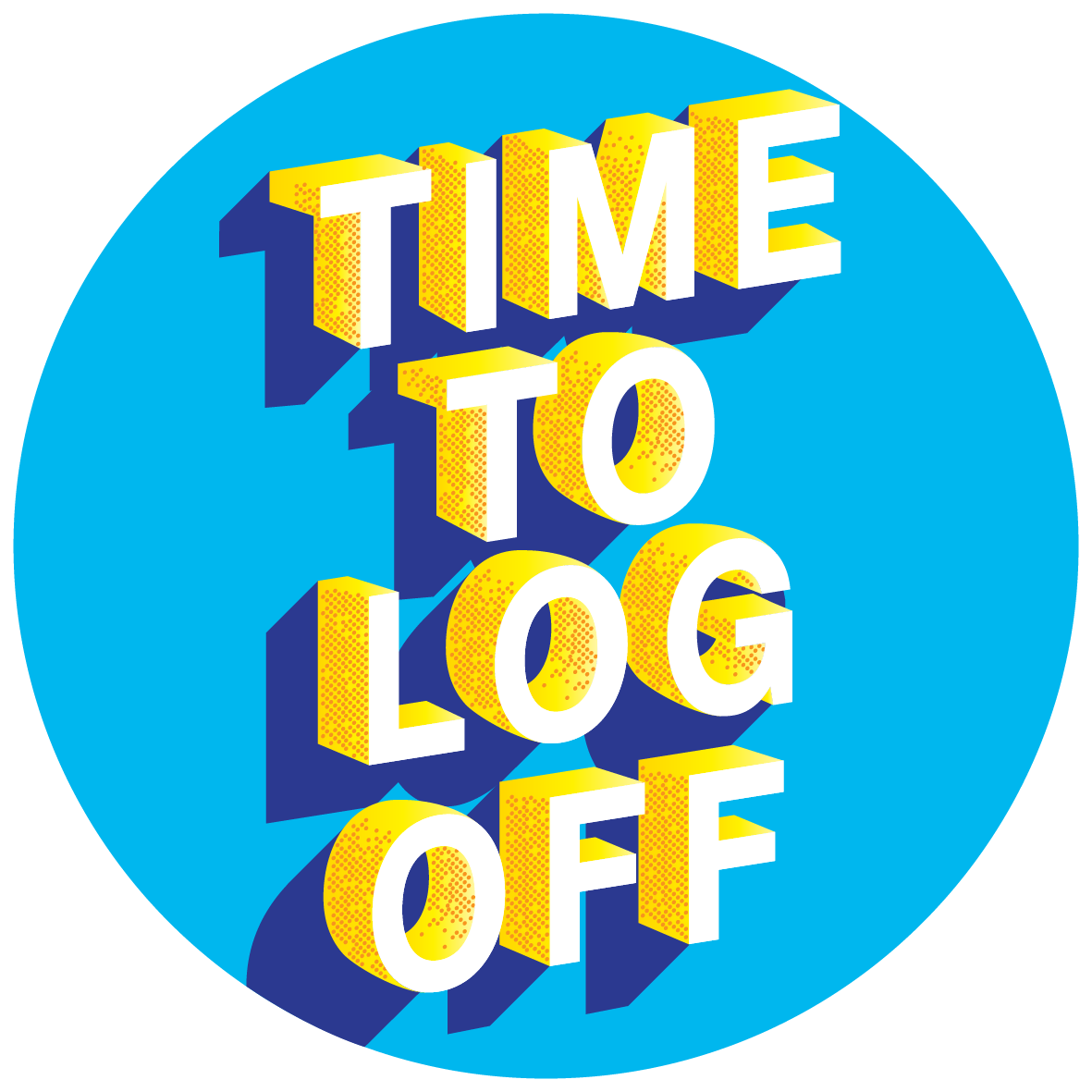
12 Feb Dealing With Digital Addiction
There is no clear quantitative definition of digital addiction. However, many of us will recognise symptoms of digital addiction in ourselves: for example, excessive and even compulsive use of social media. These all-too-familiar symptoms will likely have been heightened during lockdown, as the restrictions and cold weather leave us feeling that we have little option for connection and entertainment beyond what our tech offers us.
These are challenging times, and with work, education and socialisation all moved to online spaces, digital addiction is neither unexpected nor something to be ashamed of. However, it is crucial for our wellbeing that we establish a healthy relationship with tech, and a good digital-life balance.
If you think you may be addicted to your technology, there are steps you can take to rebuild and rebalance your relationship with tech.
1. Reflect on your digital habits
Self-awareness is the first step towards tackling your digital addiction. Identify the largest consumers of your time – for example, certain social media sites or games – and think about what causes these excessive usage patterns. Interrogating the thought process behind the times you reach for your phone will help you think more critically about whether you actually want and need to go on your phone, and whether it is good for you.
2. Find other ways to deal with these triggers
Continuing with the theme of self-awareness, knowing how to deal with the triggers that cause you to spend large amounts of time on screens will help you rely less on your tech. Whatever sets this off – be it an emotion, environment, or even just the time of day – can be satisfied with analogue alternatives. Find offline hobbies that can distract you and give yourself a purpose, to prevent you from resorting to your tech.
3. Set yourself limits
Setting screen-time limits is an excellent quantitative goal which will count as a significant step towards curing your digital addiction. The nature of the limits set is up to you, and will vary person to person. When setting them, it is important to be strict with yourself but not overly harsh. These limits should not deprive you of activities you enjoy, such as watching TV or socialising with friends; they should simply ensure that you are maintaining a good digital-life balance.

4. Prioritise using technology to socialise
Long hours spent with nothing but our phone can lead to feelings of isolation and loneliness. However, technology is not inherently a bad thing, and in many cases enriches our lives – especially at the moment, when we are relying on online spaces to maintain contact with friends and family. Do not feel that you have to sacrifice these moments now that you are more conscious of your screen-time. Instead, prioritise usage that simulates real life connections, rather than gaming or aimlessly scrolling through social media alone.
5. Join an online support group
Technology can have positive effects and enable us to feel more connected to other people. Online peer support groups have been found to help people establish healthier digital usage patterns. Sharing your struggles and journey with others can help your self-evaluation.
Most importantly, it will allow you to recognise that you are not alone. Digital addiction is something many people struggle with, but by following these tips you will be able to ensure you are getting the most out of your tech.





Sorry, the comment form is closed at this time.